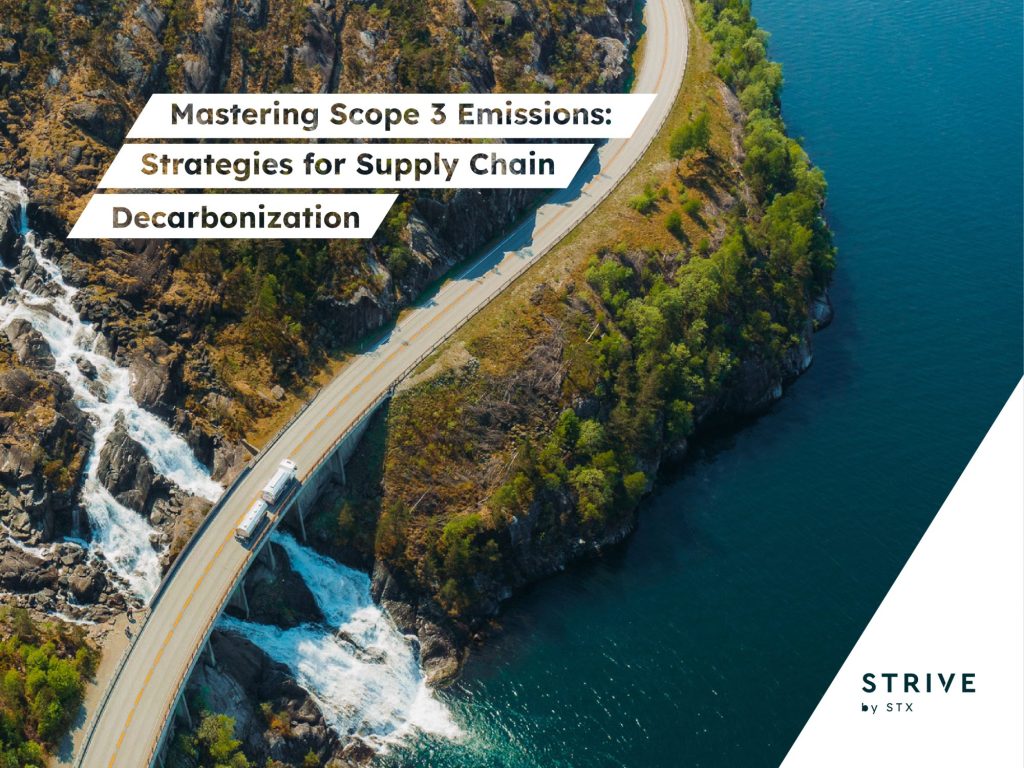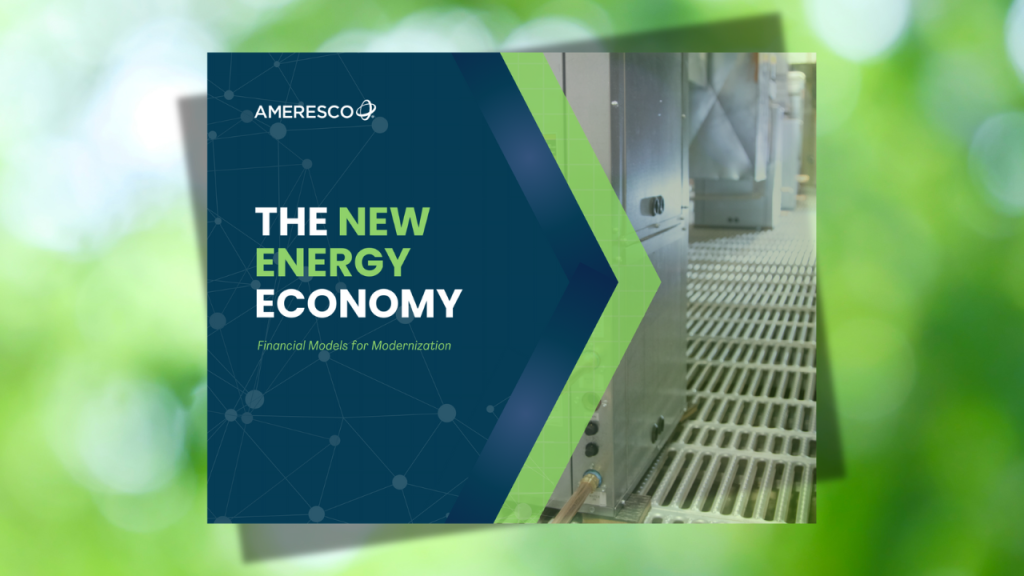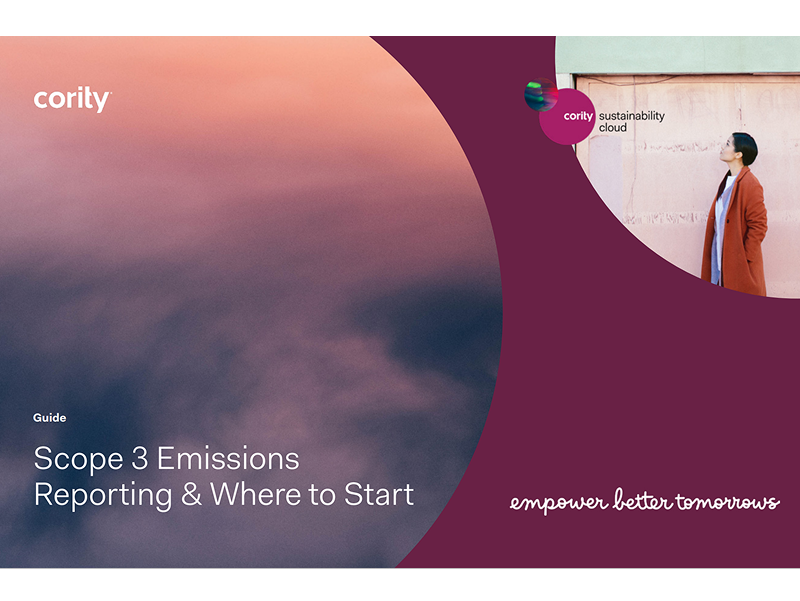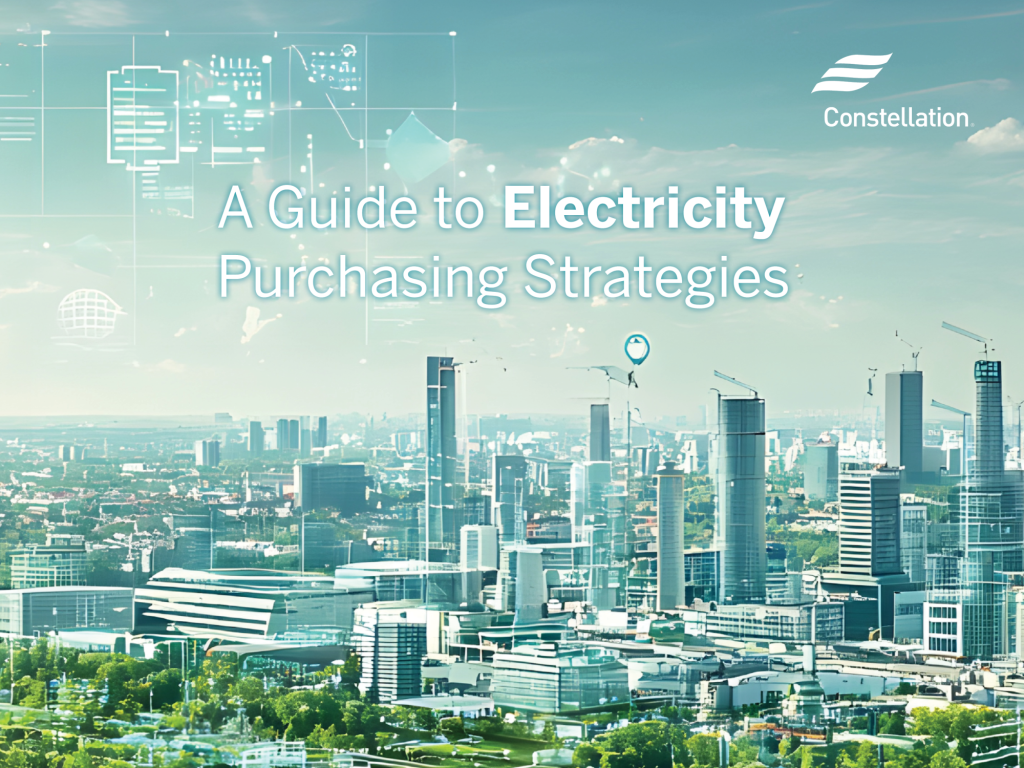The CSO: Choosing a business leader or sustainability warrior
The pros and cons to hiring CSOs with business backgrounds or sustainability experience. Read More

- CSOs with an ESG background excel at understanding sustainability tension management and maintain strong relationships with external stakeholders.
- CSOs with a business background understand how the business operates and how to navigate the C-suite.
- It’s not helpful to simplify CSO hiring choices into black-and-white, either-or decisions. The goal is to meld the best of both worlds.
The opinions expressed here by Trellis expert contributors are their own, not those of Trellis.
It’s a conundrum that’s been around since the earliest days of corporate ESG: If a company wants to hire a chief sustainability officer, what’s the better decision? Find someone with strong knowledge of the business and profit-and-loss experience? Or find an expert and leader on ESG?
As detailed in our report for Trellis, How to Set Sustainability Strategy in 2025, the answer is ideally to try to find that rare snow leopard of a candidate who merges both profiles.
The sustainability background
Those who come with a strong sustainability background tend to find themselves fighting more than ever for relevance, credibility and support inside their firms. As one sustainability leader noted, “If you have a sustainability background you’re targeted as a tree hugger or trying to make the company a nonprofit or seeming like you lack objectivity.”
CSOs with an ESG background reported a lack of trust from the C-suite and board of directors. They feel less like a true partner for the business and more like a cost-center reporting shop, compliance function and PR offshoot. Many of these CSOs lack confidence in their understanding of the business, its strategy and how to manage organizational culture and internal politics.
The EU’s Corporate Sustainability Reporting Directive (CSRD), even though it’s been watered down, has become a symbol of a job these CSOs didn’t sign up for: a compliance and reporting function. They express increasing pessimism as to whether they can truly integrate sustainability in a way that shapes business decisions.
In an increasingly adversarial political climate — coming from both Washington, D.C. and inside the corporate office — some CSOs lean into a moral high-road approach, believing those who don’t view sustainability priorities as on par with conventional business priorities are somehow less ethical or intellectually inferior.
“If a company is benefitting from slave labor in its value chain,” a head of sustainable investing recently asked us, “Why is it my responsibility to make a business case for why they need to stop?”
The business background
What CSOs with a strong business and P&L background may lack in ESG knowledge, they make up for with their understanding of how the business operates and how to navigate the C-suite and the organization’s culture. Their experience and attitude are almost 180 degrees different from CSOs with ESG backgrounds. They feel optimistic about their ability to advance an integrated, strategic approach to sustainability. And when a new regulatory framework such as CSRD arrives, they welcome it as an opportunity to leverage more support and resources for sustainability.
This may sound as if we’re recommending a company should hire a CSO — and even a sustainability team members — with business line experience. But not so fast: Research suggests that CSOs with ESG experience and expertise achieve more and encourage their companies to make greater sustainability commitments and have a greater impact than those from the business sector.
CSOs coming from business typically lean towards making incremental progress. They stack a series of achievable victories together rather than setting bold targets, resolving problematic behaviors, transforming business models or embracing holistic policies. Furthermore, CSOs from the corporate world often lack relationships and experience in dealing with NGOs, advocates, communities, labor unions and policymakers. They often need support with external stakeholder management.
Finding a snow leopard
Too often, companies and their leaders overlook the substantial skills and assets that CSOs with strong ESG backgrounds bring. First, they often have more comfort and an intuitive grasp of the need for sustainability tension management. Many have come to understand how to align economic, environmental and social needs. They often consider views on when and how to make tradeoffs when alignment isn’t realistic.
Second, they maintain strong relationships of trust with external stakeholders and have a deep understanding of their culture. They also comprehend the dynamics of the court of public opinion and how reputation crises germinate. They can express the company’s purpose and values to influential networks of key stakeholders. Driven by passion, they often refuse to settle or sacrifice. If their firm is contributing harm to people or planet, they will push, cajole and persuade their employer to shape up and live its stated values.
Ideally, a company should encourage their CSOs to meld the best of both worlds. CSOs with strong business experience can build their sustainability tension management capabilities and expand their relationships with ESG stakeholders. CSOs with environmental and social expertise can build their knowledge of how their firm’s business model works, what business KPIs drive behavior and how to make a business case. They can learn to speak in the P&L language.
What good looks like
CSOs who thrive push themselves to build skills and competencies drawn from each background. For example, one tech company led by a CSO with a strong ESG background has set a sustainability strategy that includes clear business value propositions and metrics tied to growth and cost reduction. The CSO has created an internal steering committee of peers from relevant business lines. Together they’re working to connect major ESG commitments around net zero, responsible sourcing, and waste and circularity to operational business cases. They’re creating a dashboard to track both ESG and financial performance metrics.
One CSO who came from the finance office found that upon taking the CSO job, most people expected him to behave like a stereotypical CFO and cut costly ESG commitments. Instead, he had an epiphany. Data had always driven decisions for the finance team, which in turn pushed business lines to increasingly make data-driven decisions. Yet, the company’s sustainability report, with all its data, was used primarily for external communications and disclosure requirements. The CSO realized the company needed to get real-time, actionable ESG data in the hands of business line leaders monthly. Showing who was leading and lagging became a powerful engine to drive continuous improvement.
We’ve also seen companies create a two-headed governance approach. In one case, a CSO who came from a business line drives the strategic integration of sustainability, while another senior-level vice president, leads the company’s ESG efforts, reporting and compliance. Collectively, they work to advance results for people, planet and profit from different angles.
Employers and leaders are often drawn to simplifying choices into black-and-white, either-or decisions. Either sustainability is a compliance cost center or it’s a strategic driver of business success. The most essential lesson for CSOs and those who hire them is to ensure that they don’t fall into this trap. It’s vital to manage tensions and priorities to determine when profit must take precedence, when people and planet must take precedence and when they can align and move forward together.















